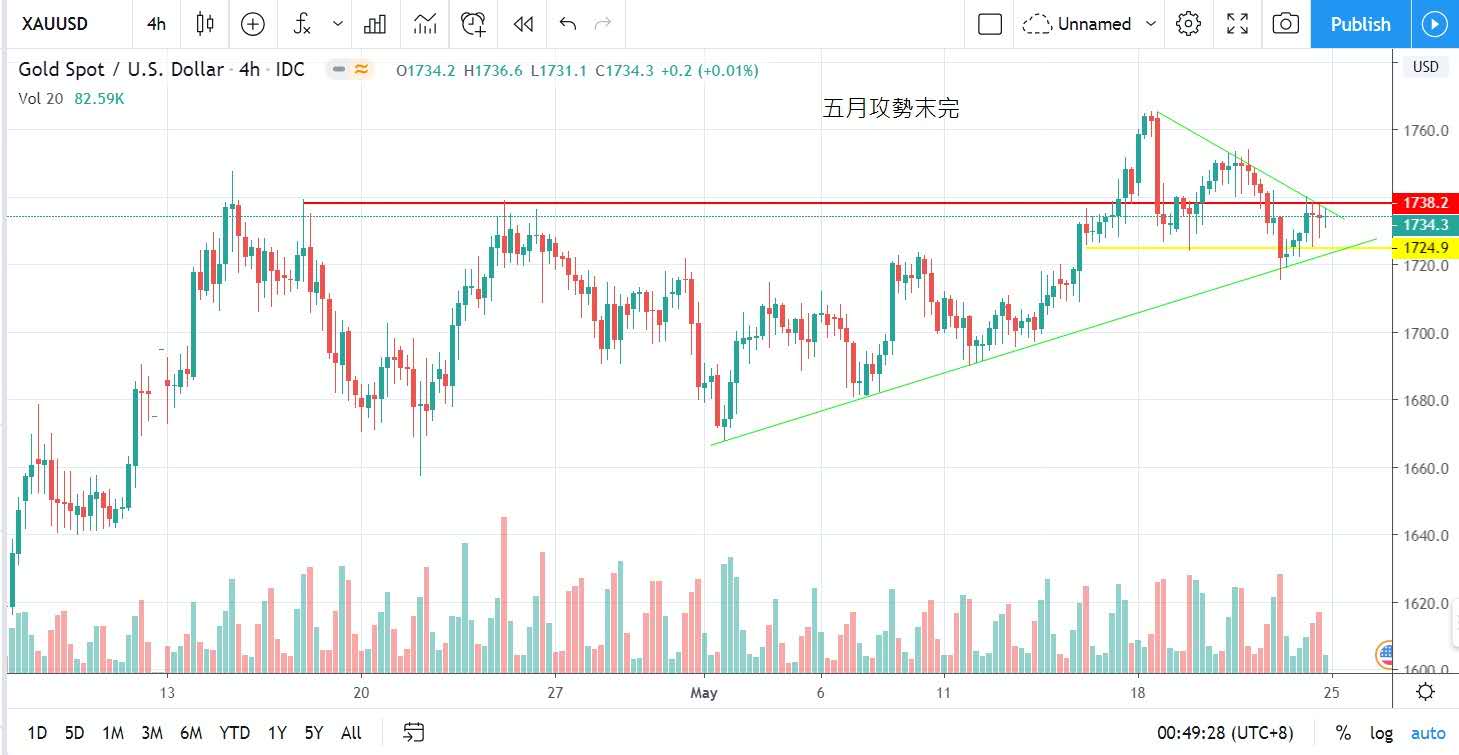(Looking Back on Sunday, May 24 and Previous Times)
Relations between China and the United States have become more tense, shifting from the economic field to military facilities. The slight difference in every move between the two countries is enough to shake the global economy.
After the US State Department announced last week that it approved the sale of heavy torpedoes and related equipment to Taiwan, China immediately announced an increase in this year's defense spending budget to 1,260 billion yuan, up 6.6% on an annual basis.
We will focus on supporting the modernization of national defense and the armed forces. On Friday, it was reported that the United States was considering resuming nuclear tests. On the same day, Beijing announced that it would draft the Hong Kong version of the national security law, expecting stricter governance of Hong Kong.
The news rapidly deteriorated Sino-US and Western multi-country relations. A number of European countries, led by Britain, made a joint statement expressing serious concern about the situation in Hong Kong. The U.S. side even made a reprimand and warned that Hong Kong's special trade treatment would be cancelled.
The Hang Seng Index plummeted 1400 after news of the Hong Kong version of the National Security Law came out. The US dollar index rose 0.4% to 99. 8 thanks to the turmoil and the demand for safe haven.
Gold prices dropped back to 1728 after hitting a seven-and-a-half year high of 1,765 US dollars on Monday, following a good experimental report on the development of a vaccine against the new coronavirus by US drug Modernaa.
Although the number of new claims for unemployment benefits in the United States was lower than the market expectation on Thursday, the gold price did not rise but fell driven by optimism and briefly fell below 1720. On Friday, the Hong Kong version of the National Security Law increased risk aversion in the market.
Gold recovered some of its lost ground and still fell 0.4% to close at $1,734 a week.
In the long-term low-interest environment, coupled with increased tensions between China and the United States, the trend of gold prices is favorable. In the four-hour chart, it can be seen that the trend of gold price has not yet fallen beyond the upward trend line launched in May and can hold the support line of 1725.
Gold price is still strong this week, up 1,738 resistance to try to reach 1740. Oil prices have risen for four consecutive weeks. Of the five trading days last week, only Wednesday saw investors become cautious and drop slightly as they prepared to settle futures contracts.
The main reason is the negative oil price haze on April 21. Only on Friday did oil prices close down 2% due to the impact of Sino-US tensions.
The four consecutive increases in the original oil price are partly due to the OPEC agreement to cut production, and also help many countries resume social activities and production in succession. However, there is no real antidote to the new crown virus, which is still spreading all over the world and has become a hidden worry for the increasing demand for crude oil.
As many positive factors have been digested, the tension between China and the United States is rising, and the market has doubts about the recovery rate of fuel demand, crude oil prices are expected to continue to rise this week. Whether they can hold on to $30 a barrel is the key.
For detailed analysis and operation suggestions, please CLICK the following links to join the group and inquire with the administrator.
https://t.me/joinchat/OEEaFRx9QcbOZE-aQzNSgg
Previous Article Next Article


 Whatsapp
Whatsapp Telegram
Telegram

